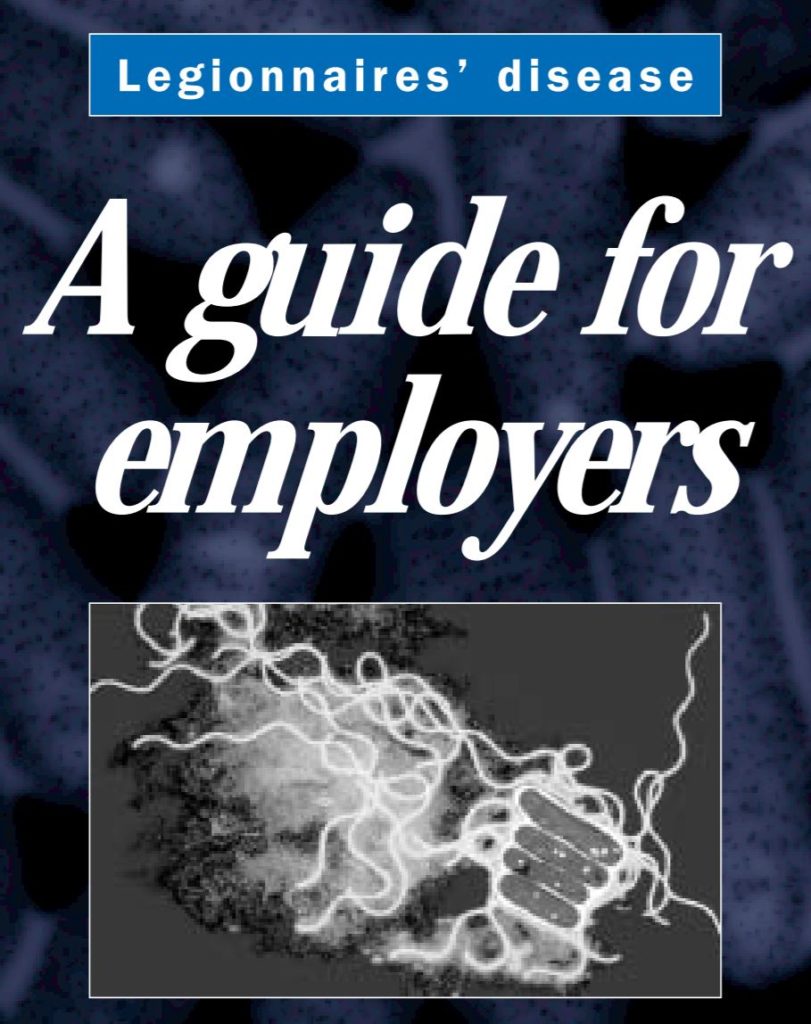Legionella Law in the UK
Duties under the Health and Safety at Work etc Act 1974 (HSWA) extend to risks from legionella bacteria, which may arise from work activities. The Management of Health and Safety at Work Regulations (MHSWR) provide a broad framework for controlling health and safety at work. More specifically, the Control of Substances Hazardous to Health Regulations 2002 (COSHH) provide a framework of actions designed to assess, prevent or control the risk from bacteria like Legionella and take suitable precautions.
As stated at hse.gov.uk
As an employer, or a person in control of the premises, you are responsible for health and safety and need to take the right precautions to reduce the risks of exposure to legionella. You must understand how to:
- identify and assess sources of risk
- manage any risks
- prevent or control any risks
- keep and maintain the correct records
- carry out any other duties you may have
Identify and assess sources of risk
Carrying out a risk assessment is your responsibility. You may be competent to carry out the assessment yourself but, if not, you should call on help and advice from either within your own organisation or from outside sources, eg consultancies.
You or the person responsible for managing risks, need to understand your water systems, the equipment associated with the system such as pumps, heat exchangers, showers etc, and its constituent parts. Identify whether they are likely to create a risk from exposure to legionella, and whether:
- the water temperature in all or some parts of the system is between 20–45 °C
- water is stored or re-circulated as part of your system
- there are sources of nutrients such as rust, sludge, scale, organic matter and biofilms
- the conditions are likely to encourage bacteria to multiply
- it is possible for water droplets to be produced and, if so, whether they can be dispersed over a wide area, eg showers and aerosols from cooling towers
- it is likely that any of your employees, residents, visitors etc are more susceptible to infection due to age, illness, a weakened immune system etc and whether they could be exposed to any contaminated water droplets
Your risk assessment should include:
- management responsibilities, including the name of the competent person and a description of your system
- competence and training of key personnel
- any identified potential risk sources
- any means of preventing the risk or controls in place to control risks
- monitoring, inspection and maintenance procedures
- records of the monitoring results and inspection and checks carried out
- arrangements to review the risk assessment regularly, particularly when there is reason to suspect it is no longer valid
If you conclude that there is no reasonably foreseeable risk or the risks are low and are being properly managed to comply with the law, your assessment is complete. You may not need to take any further action at this stage, but any existing controls must be maintained and the assessment reviewed regularly in case anything changes in your system.

